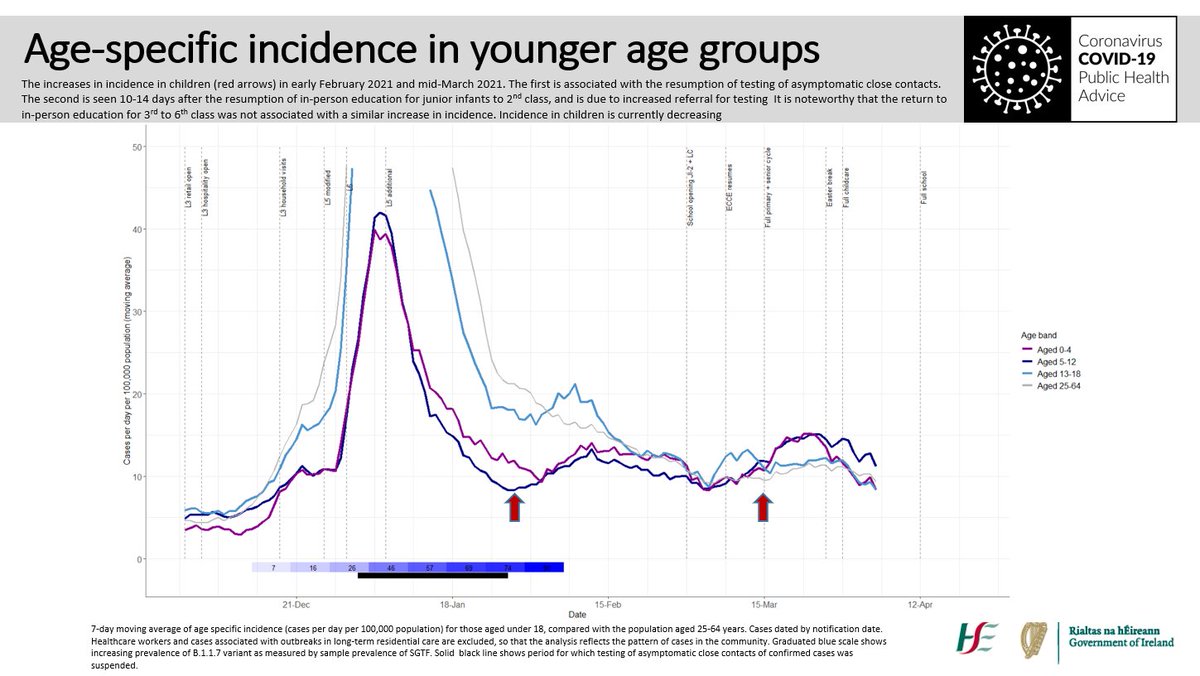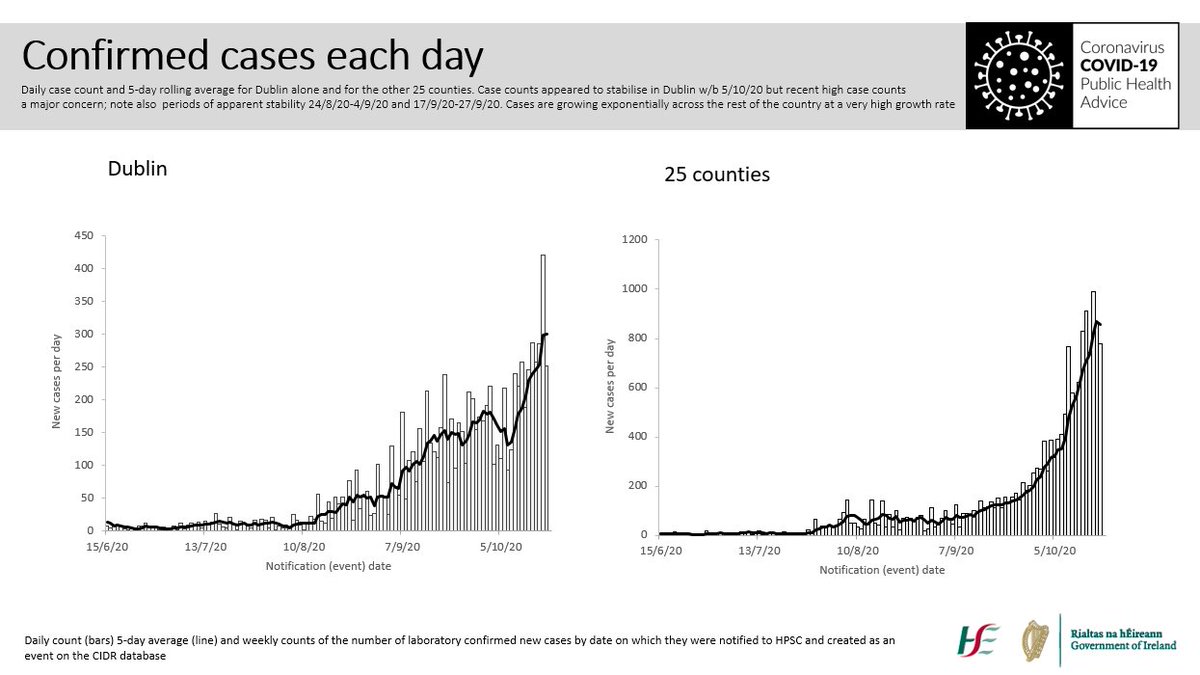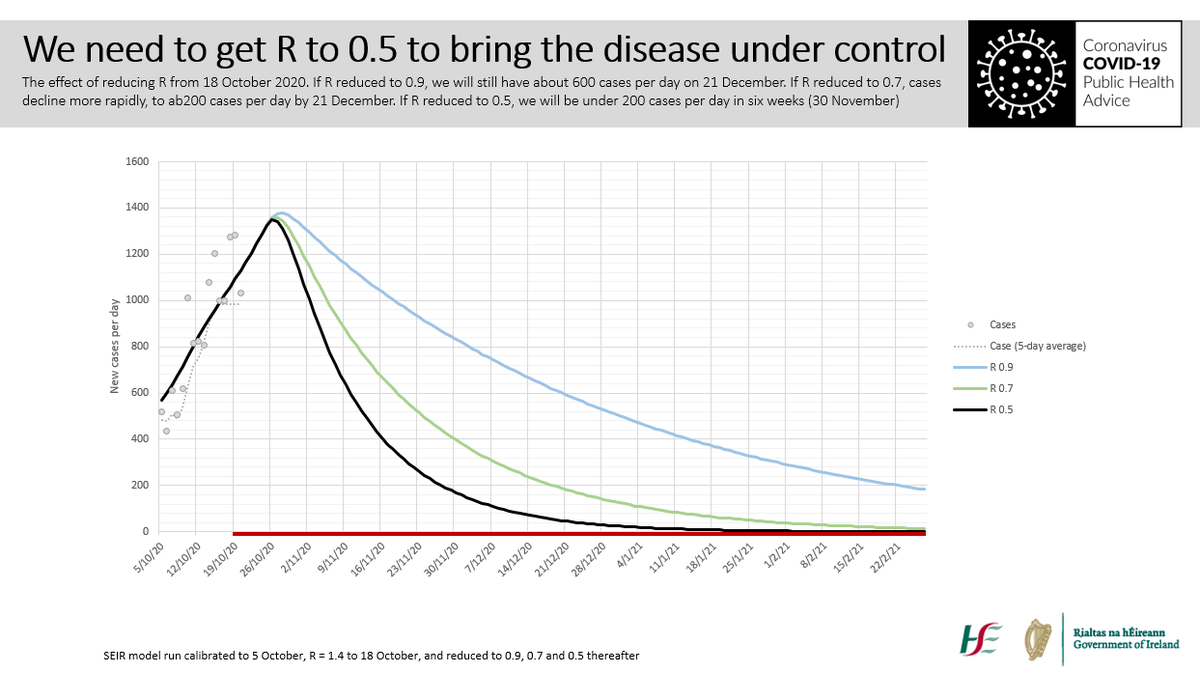
Dr. Mina, you have inferred a great deal about my knowledge and motivation from one tweet; fair enough, it may not have been my finest moment in pandemic communications. Nonetheless, a few points of clarification and response. 1/15
https://twitter.com/michaelmina_lab/status/1391228033500160003
First, there is a context. This is not about antigen testing in general, which does have and will continue to have a role in our management of the pandemic. 2/15
This is about the uncontrolled and unsupported sale of antigen tests by a supermarket chain, and their (one hopes tongue-in-cheek) response to advice from @CMOIreland not to use them, as a negative test might give false reassurance that you are free of infection. 3/15
Second, as a country, we have very high capacity for prompt PCR testing, and rapid contact tracing, so our strong advice to those who develop symptoms is to self-isolate, seek medical advice and a test. It is hard to see the value added by self-administered antigen testing. 4/15
Third, we are aware of the literature to which you point, and more, but we differ in interpretation. Fundamentally, we disagree on the recasting of a known limitation of antigen tests (poor sensitivity) as specificity for the infectious state. 5/15
The claim that antigen tests approach 100% sensitivity for those who are transmitting (and the infections they miss don’t matter because they don’t transmit) is contested and our interpretation of the evidence differs from yours. cochranelibrary.com/cdsr/doi/10.10…. 6/15
We are concerned that antigen testing is likely to miss a significant number of infectious cases. This assessment of the evidence is not ‘confused’ or ‘simply wrong’, it is a valid and careful evaluation, and we are not alone in the conclusions we have drawn. 7/15
We do not have great difficulty in differentiating infectious from post-infectious cases with careful public health investigation, and the detection of the latter gives important information in tracking sources and networks of transmission. 8/15
The greater concern is the limitations of antigen tests in detecting the presymptomatic infectious state, and the uncertainty about their actual sensitivity, in the field, in detecting symptomatic infection. 9/15
We use these as ‘red-light’ tests, as an additional tool to detect disease in a population, they are not, as you know, ‘green-light’ tests: if negative they do not, even when administered frequently, tell you that you are not infectious (or not about to become infectious). 10/15
We are using antigen tests where they add value. They have been used in the management of outbreaks to give early insight into the scale and pattern of the outbreak. They may have value in detecting (re-) emergent disease in high-risk and congregated settings. 11/15
We are looking at a variety of other settings and contexts where antigen testing will be useful, based on international evidence and the outcomes of pilot validation in our own context. 12/15
The advice in Ireland.
You have symptoms: self-isolate, seek advice and a PCR test.
You have a positive antigen test: self-isolate, seek advice and a PCR test.
You have a negative antigen test: you have no new information, continue to take all public health precautions. 13/15
You have symptoms: self-isolate, seek advice and a PCR test.
You have a positive antigen test: self-isolate, seek advice and a PCR test.
You have a negative antigen test: you have no new information, continue to take all public health precautions. 13/15
If your employer or organization is using antigen testing under public health or occupational health guidance as part of a suite of infection prevention and control measures: good, it is helping reduce the risk of transmission. 14/15
However, it is the collective risk that is reduced, the testing will pick up some infections, a red light that will trigger an investigation; your individual negative test does not tell you you are not infectious, it does not give a green light to relax other protections 15/15
• • •
Missing some Tweet in this thread? You can try to
force a refresh






















